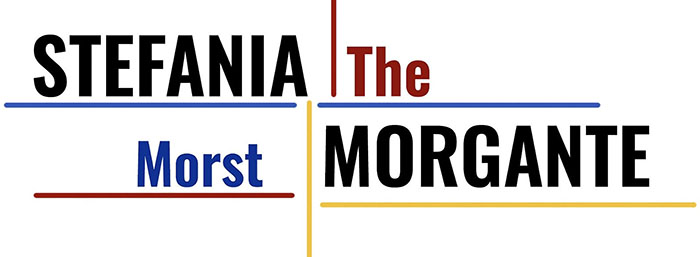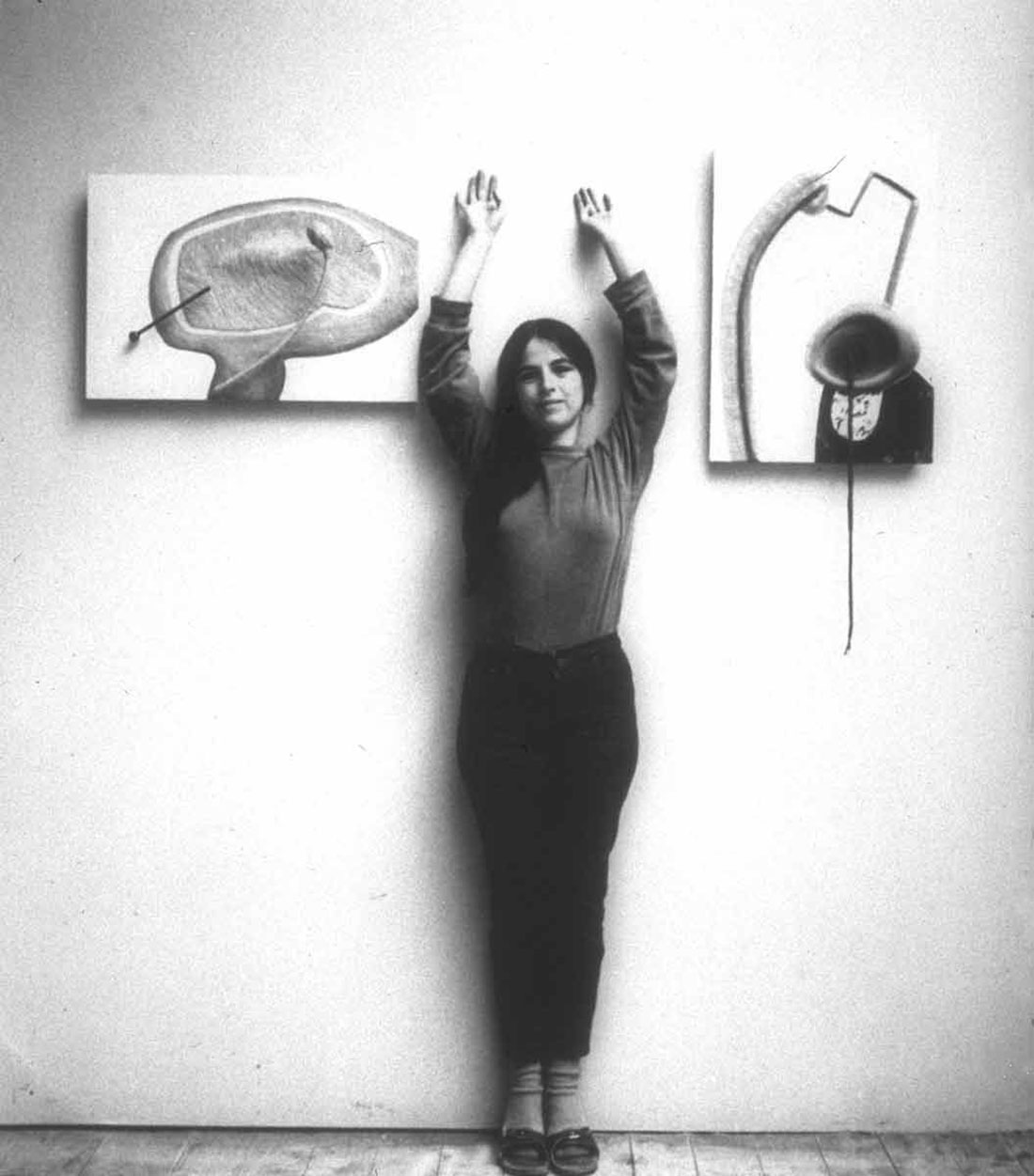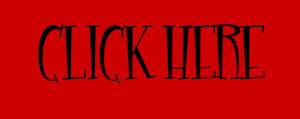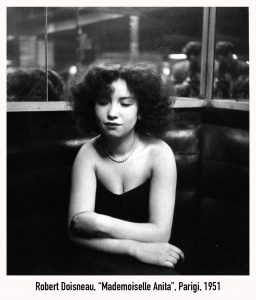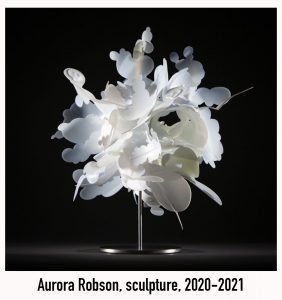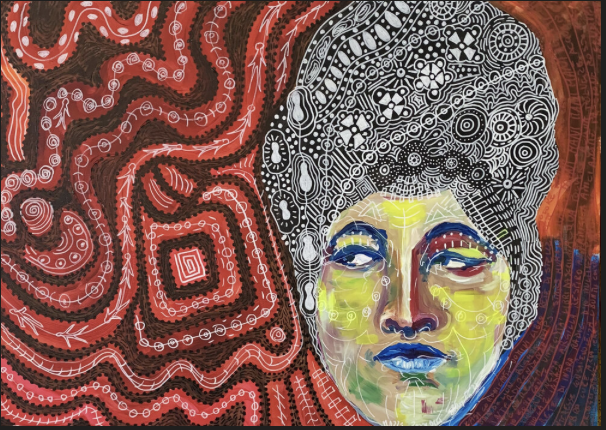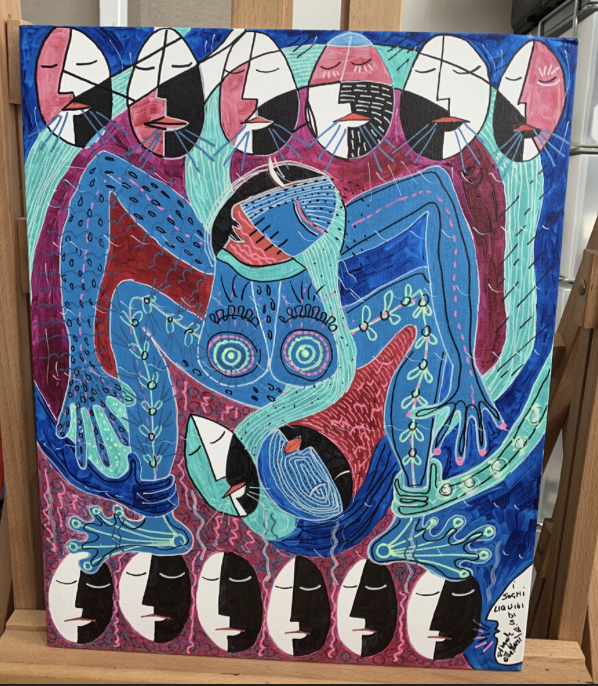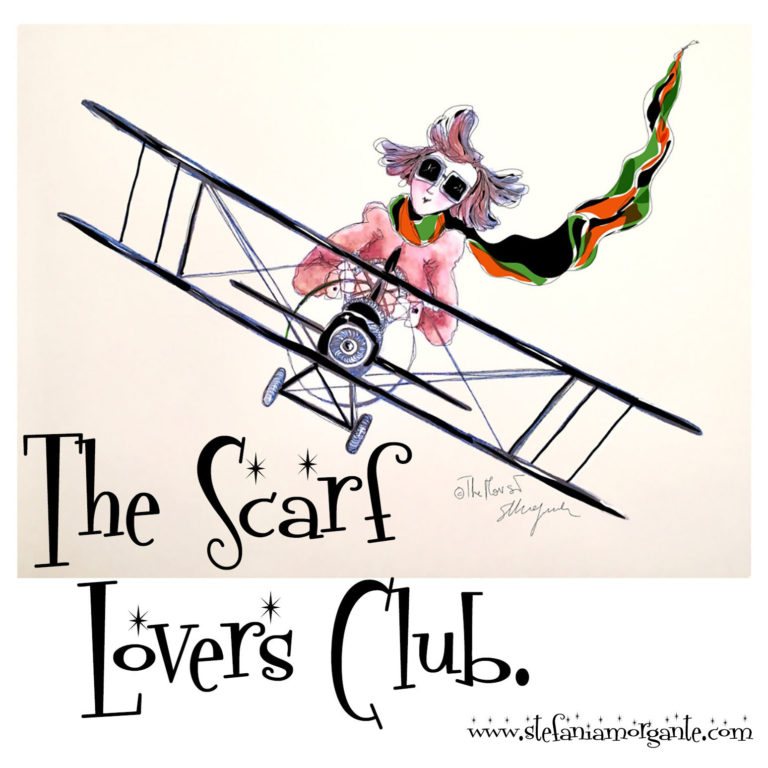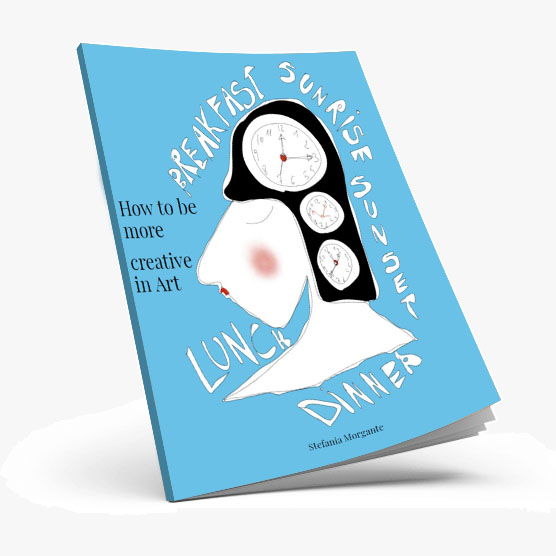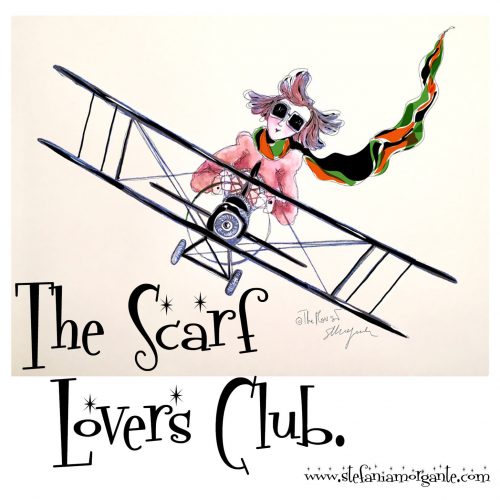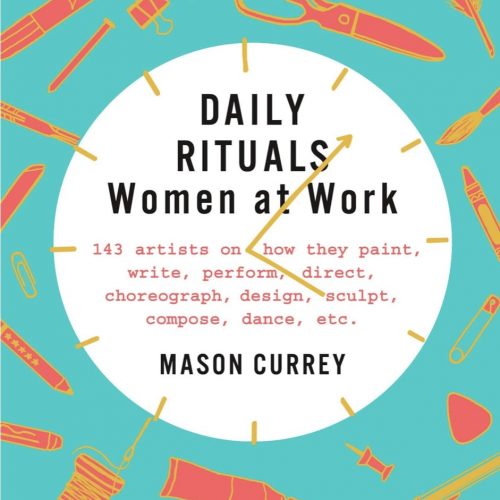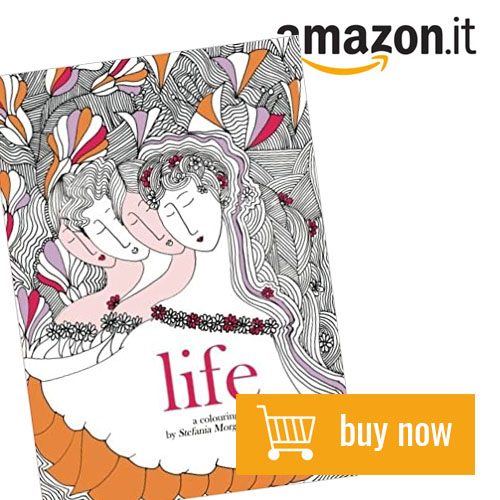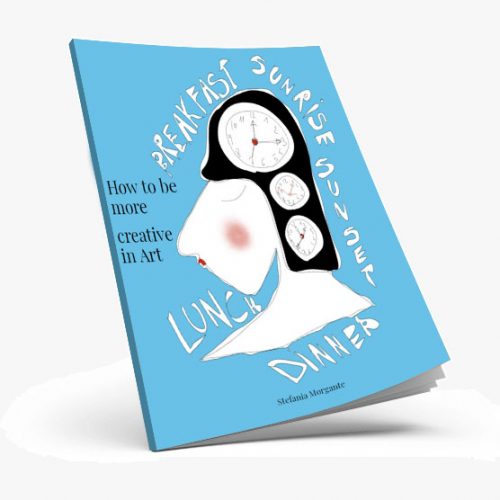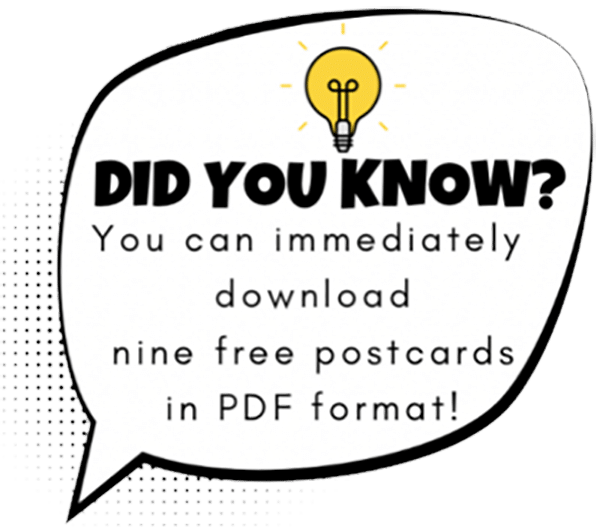Finding meaning doesn’t always help creativity.
How can we block creativity?
There are many subterranean ways to block the creative flow.
Sol LeWitt explains it very well in a letter he wrote to Eva Hesse.
But let’s start at the beginning.
Sol Lewitt is an American artist linked to several movements including conceptual art and minimalism.
He is an artist who teaches at several schools including New York University and the School of Visual art.
This is of great interest to us because LeWitt not only has a practiced eye for his own art but he teaches and therefore questions and questions how to teach art.
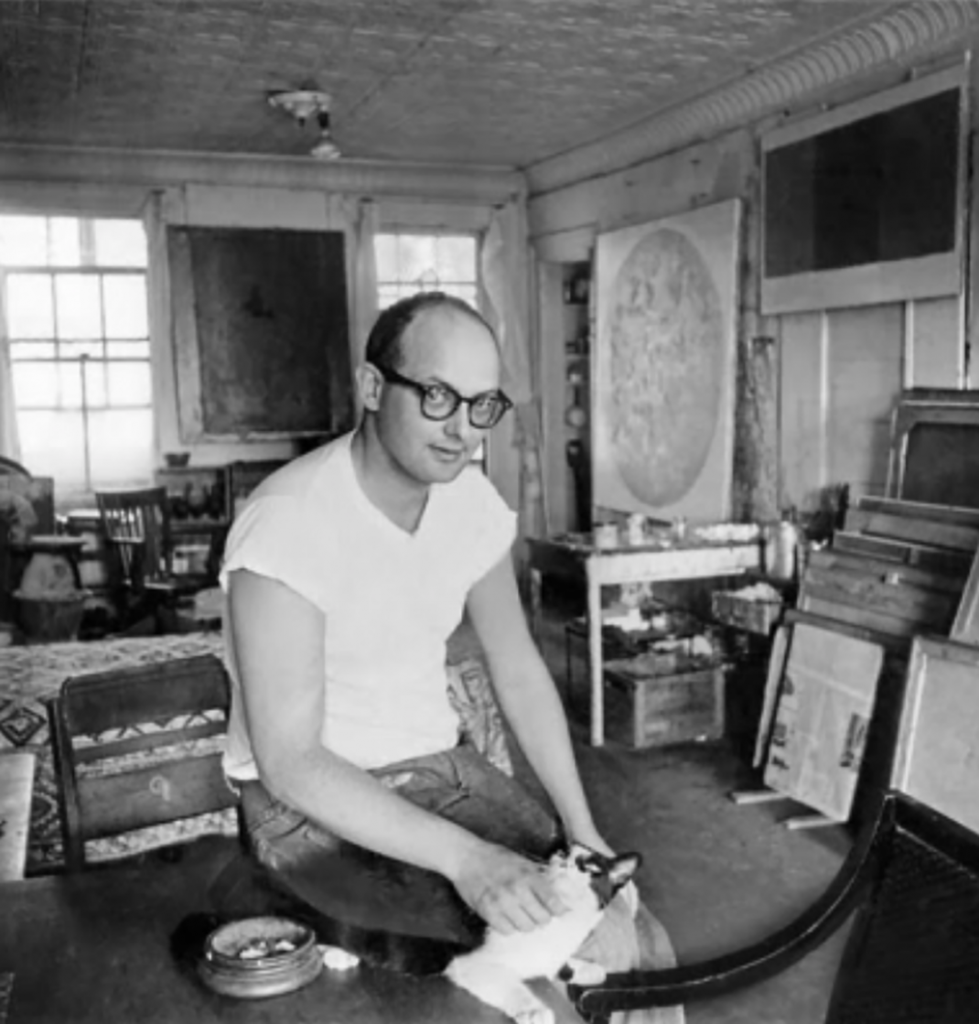
This is of great interest to us because LeWitt not only has a practiced look for his own art but also teaches and therefore questions and questions how to teach art.
His advice to Eva Hesse is of interest to those artists of any art who want to probe how fear and anxiety but especially the search for a why in one’s art, block artistic activities and feed the mythical “artist’s block.”
Eva Hesse is LeWitt’s friend and a German-born American sculptor who inaugurated the postminimalist movement in the 1960s.
A revolutionary artist who died at age 34 of Jewish descent who left Europe following the rise of Nazism.
The friendship between LeWitt and Hesse lasted a lifetime, until 1970 when Hesse died.
Up to that time between the two there was a continuous exchange of letters thoughts and postcards not only strictly personal but indeed, they give fundamental insights to all of us who can read them today.
Eva Hesse has a block.
Her creativity is struggling and with her mind she broods, rethinks, argues with herself.
LeWitt writes to her in a famous letter:
“…Try to stimulate something inside you, your “strange sense of humor.” You live in the most secret part of you. Don’t worry about doing fantastic things: give a damn, even if they are not fantastic. Create your own world, your own. If you feel fear, exploit it: paint and draw your fear and anxiety. And stop worrying about big, deep things like “finding a purpose and a way to live, a coherent approach to a perhaps impossible or imaginary end.” You need to practice being stupid, silly, foiled, empty.“
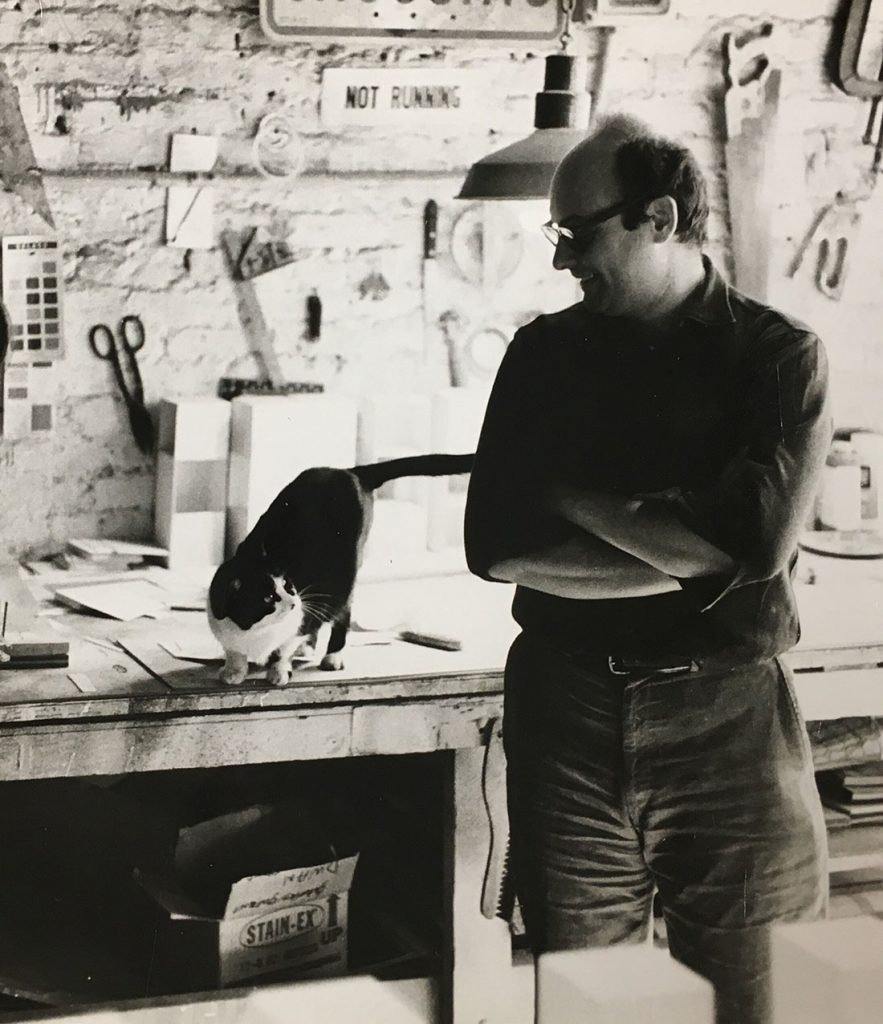
LeWitt intercepts one of the things that most block and anxious an artist: perfectionism, trying to say exactly what’s on one’s mind and it’s never perfect enough.
And alongside the fear, the anxiety that comes with it.
Wanting to do smart things, not silly things.
Seeking purpose in life and art. A boulder as big as it is scary.
He proposes to her to be foolish, scatterbrained, empty. Which means seeking lightness, emptying the mind, finding that pure fun that has no purpose other than itself, without thinking about what one is doing, but having fun precisely.
And then that “perhaps impossible or imaginary end“: the effort to transform reality and art into that project that one has in mind and perhaps does not materialize.
The artist’s block is also trying to complete projects. But in the process maybe they change or end and you get paralyzed.
And that’s when creativity gets stuck simply because that project is dead and we persist in pursuing it, maybe unconsciously.
But the stroke of genius in my opinion is “If you feel fear, harness it: paint and draw your fear and anxiety.”
How can we paint and draw our own anxiety?
By just drawing, without interpreting, without making sense, without forcing to make this act artistic.
In fact, LeWitt continues:
“…Try to make UGLY work, as ugly as you can, then see what happens, but above all, relax and blow everyone to hell-you’re not responsible for the world-you’re only responsible for your own work, so DO IT. And don’t think your work has to conform to some pre-established style, idea or genre. It can be anything you want it to be. But if you think you would live better by stopping working-then stop. Don’t punish yourself.”
Then see what happens. Not before.
Without thinking first without planning.
I find this way of thinking fantastic.
It is not only a personal therapy it is also a revolution for us, too often preoccupied with our doing and burdened with the responsibility of wanting to explain the world and therefore crushed and blocked by myriad thoughts.
And I would also add the cancer of contemporaneity: having to identify ourselves in a pre-established style or genre.
More and more we have to be identified in a specific style or art and we get stuck, because we would like to evolve but are afraid of not being followed, loved, understood. LeWitt says to dare, to go beyond.
Are we capable of that today?
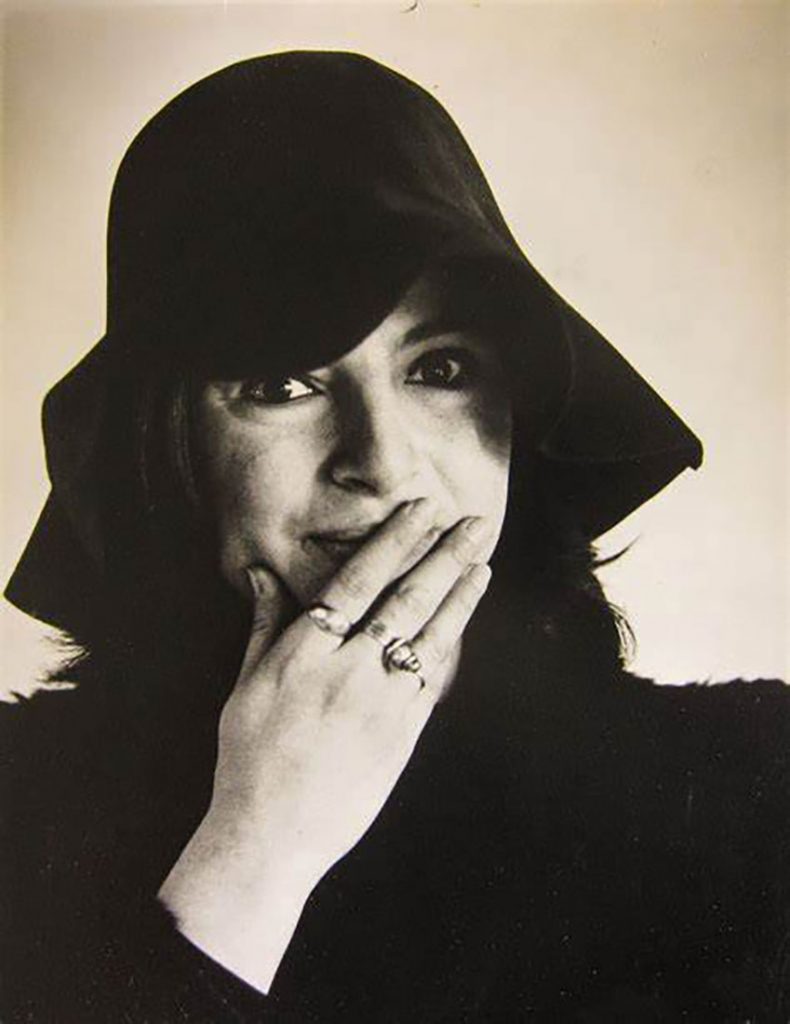
LeWitt gives us some suggestions: “…while you’re working, or before you work, you have to empty your mind and focus on what you’re doing. when you’ve done something, it’s done, period. After a while you understand that some things are better than others, but you also understand what direction you are going in. I’m sure you know that, too. Also know that you don’t have to justify your work–not even to yourself.”
So much freedom in these words!
Perhaps the real fear is to jump in by emptying the mind.
And to admit that emptying the mind cuts down many of the fears and anxieties.
Not only in creating.
I would add that before us so many artists experienced the same fears, the same downfalls, and translated them into art. Reading their letters, listening to interviews, can help us understand the mechanisms of creative blocks and let them go.
If you want to read more tips on creativity, search the blog with the keyword “creativity.” This is a topic I talk about very often, because it affects us all in every work and social sphere.
Do you want to read it in Italian? click HERE
